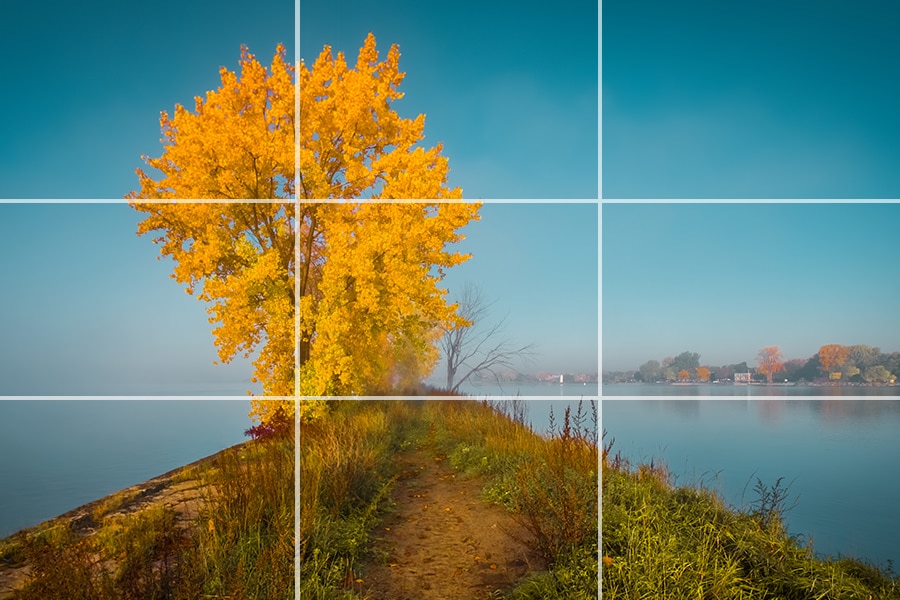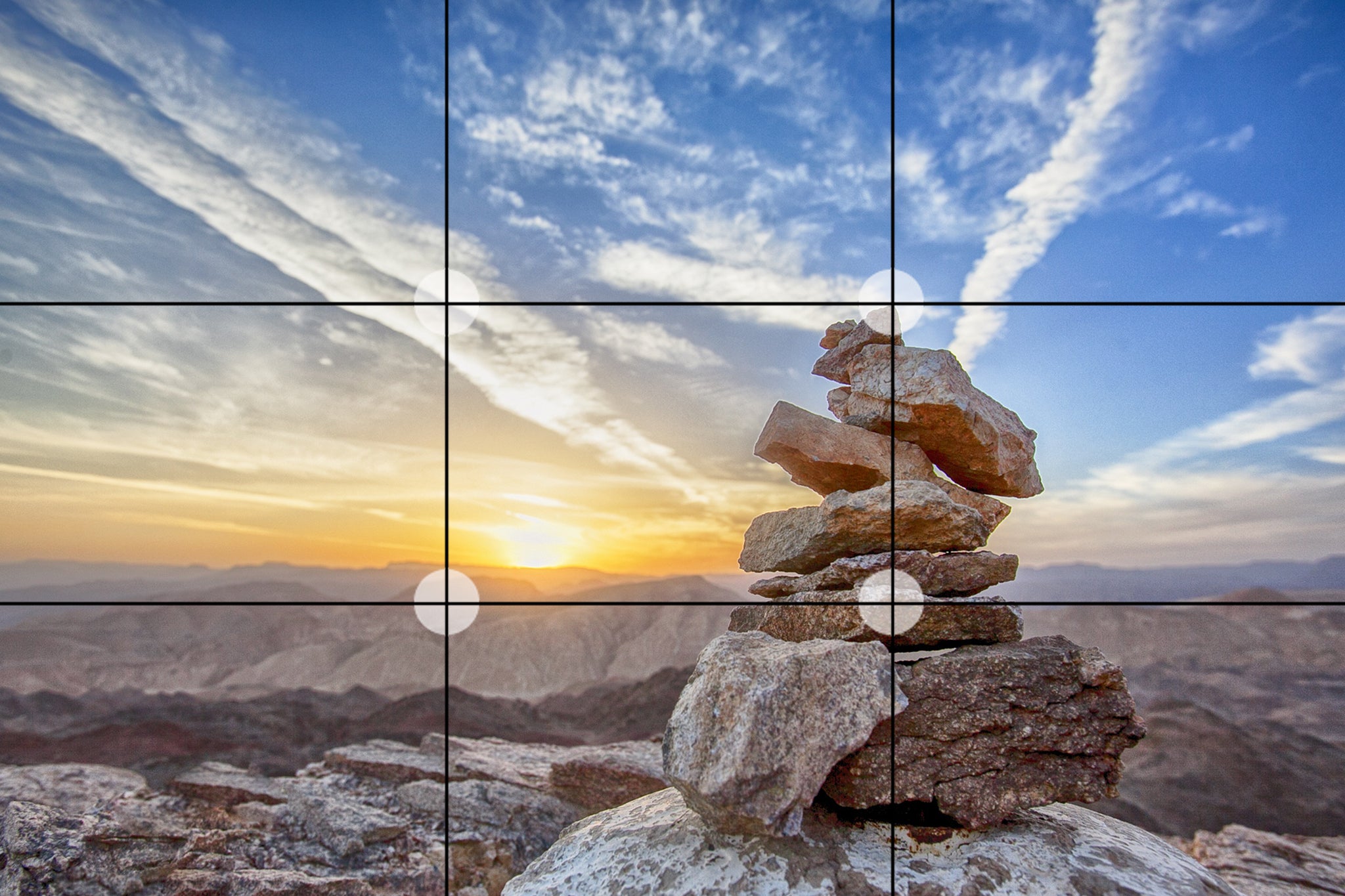Photography Rules Of Thirds
Photography Rules Of Thirds - As an aspiring photographer, you must learn the art of composition to create amazing photos. One of the most important concepts in photography is the rule of thirds. This rule states that an image should be divided into nine equal parts by two vertical and two horizontal lines, resulting in a grid of nine boxes. The most important elements of the image should be placed along these lines or at their intersections to create an aesthetically pleasing composition. In this post, we will explore the rule of thirds and how you can use it to take your photography to the next level.
Understanding the Rule of Thirds
The rule of thirds is based on the idea that the human eye naturally gravitates towards certain areas of an image. By placing the most important elements of the photograph along these lines or intersections, you are able to create a balance within the image.
How to Use the Rule of Thirds
When you are taking a photo, look for natural lines or elements that can be placed along the grid lines or intersections. For example, if you are taking a landscape photo, you may want to place the horizon along the top or bottom horizontal line rather than in the center. This allows you to emphasize the sky or ground and create balance within the image. Similarly, if you are taking a portrait, you may want to place the subject's eye along the top horizontal line to create a more interesting and dynamic composition.

Tips for Using the Rule of Thirds
When using the rule of thirds, it's important to remember that it is just a guideline and not a strict rule. You should be willing to experiment and try new methods to find the best composition for your photo. Here are some tips to keep in mind:
- Place the most important element of the photo along one of the grid lines or intersections
- Use the natural lines and shapes within the photo to guide your placement
- Consider the balance of the photo and how it draws the viewer's eye
- Experiment with different placements and angles to find the most interesting composition
Examples of the Rule of Thirds in Action
Let's take a look at some examples of the rule of thirds in action:

In this stunning sunset photo, the sun is placed along the top left intersection, drawing the viewer's eye towards the center of the photo. This placement creates a dynamic and interesting image that captures the beauty of the sunset.

In this landscape photo, the horizon is placed along the bottom horizontal line, emphasizing the beauty of the sky and creating a balanced composition.

In this portrait photo, the subject's eye is placed along the top horizontal line, creating a dynamic and interesting composition that draws the viewer's eye towards the subject.
Using the Rule of Thirds in Your Photography
Now that you understand the basics of the rule of thirds, it's time to start experimenting with it in your own photography. Here are some tips to help you get started:
Tip #1: Look for natural lines and elements
When you are composing your photo, look for natural lines and elements that can be used to guide your placement. For example, if you are taking a photo of a winding road, you may want to place the road along one of the grid lines to create balance and draw the viewer's eye towards the composition.
Tip #2: Experiment with different compositions
The beauty of the rule of thirds is that it allows you to experiment with different compositions and find the one that works best for your photo. Try moving the subject around the grid to see how it affects the composition and balance of the photo.
Tip #3: Don't be afraid to break the rules
While the rule of thirds is a great guideline, it's important to remember that it is just that – a guideline. Sometimes breaking the rules can result in a more interesting and dynamic composition. Don't be afraid to experiment and try new things in your photography.
Tip #4: Practice
As with any aspect of photography, the key to mastering the rule of thirds is practice. Take the time to experiment with different compositions and see what works best for your photography style.
In conclusion, the rule of thirds is an essential concept in photography that can help you create amazing photos. By placing the most important elements of your composition along the grid lines or intersections, you can create a balanced and aesthetically pleasing image. Remember to experiment and try new things to find the composition that works best for your photography style. Happy shooting!
View more articles about Photography Rules Of Thirds
Post a Comment for "Photography Rules Of Thirds"